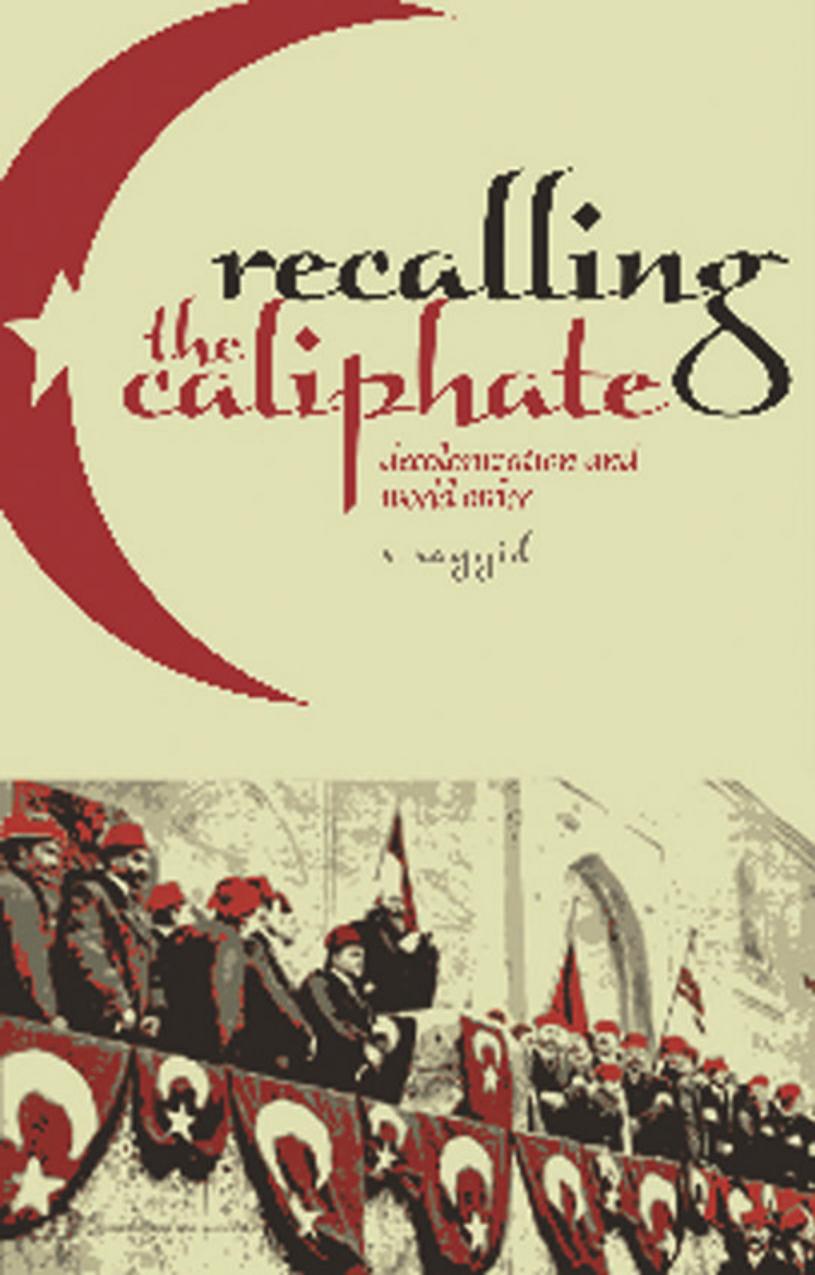Recalling the Caliphate: Decolonisation and World Order by S. Sayyid

Author:S. Sayyid [Sayyid, S.]
Language: eng
Format: epub, pdf
Tags: Religion, Islam, History, Social Science, Islamic Studies
ISBN: 9781849040037
Google: cMOHCwAAQBAJ
Amazon: 1849040036
Publisher: Hurst
Published: 2014-10-01T18:30:00+00:00
II
It is possible to think of the caliphate as having five different meanings. It can mean a polity in which the boundaries of the ummah correspond exactly to its frontiers. In other words, the caliphate would be coextensive with the totality of the world’s Muslims. Such a conception, however, has no historical analogy since it can be shown that even in the time of the early Islamicate state (10–132/632–750), and despite pronouncements of many prominent ulama that Muslims should not live outside the borders of an Islamicate polity, there have always been such communities (Muslims in Ethiopia, for example). A conception of the caliphate based on an isomorphic insistence on the limits of the ummah would seem to consign it to the realm of human impossibility. This reading of the caliphate is often used by those who are critical of its appearance: for them, the caliphate was never able to unify the ummah and therefore it cannot be expected to do so in the future. Underlying these arguments is the assumption that political unity can only be established on a basis far more sturdy than that afforded by religious affiliation.
A more plausible conception of the caliphate would understand it as a sole Muslim polity. This would approximate it to the situation that prevailed from the successful conclusion of the wars of Ridda (10–11/632–
633) to the establishment of the Abbasid regime in 132/750 CE. Such a conception of the caliphate would be able to accommodate the discrepancy between its frontiers and the boundaries of the ummah and, at the same time, it could assume for itself the political leadership of the ummah, since there would be no other Muslim political entity. This would imply that the bulk of Muslims would be citizens of this state.
Another way of thinking about the caliphate would be to see it as a polity that exercises leadership over Muslims. A caliphate understood in these terms would only require a piece of territory sufficient to house a caliph and his (or perhaps even her) staff. It could even be a mini citystate as long its leadership role was acknowledged.7 In this version of the caliphate it would be similar to the Pope and the Vatican city-state.
A fourth take on the caliphate would emphasise its internal coherence rather than its external relationship with the rest of the Muslim community. In such an understanding the caliphate would be an arrangement of institutions and practices like those found in historical manifestations of caliphates. In which case, the caliphate would refer to the abstraction of these arrangements, so that the caliphate would exist wherever such approximations of governmental practices could be found, regardless of scale or situation. Thus, the caliphate would simply refer to an authorised version of a legitimate ‘Islamic state’.
The fifth way to understand the caliphate is to see it as a metaphor for an Islamicate great power. This would be similar to the situation that has existed since the time of the battles of Yarmuk (15/636) and Qaidassasy
Download
Recalling the Caliphate: Decolonisation and World Order by S. Sayyid.pdf
This site does not store any files on its server. We only index and link to content provided by other sites. Please contact the content providers to delete copyright contents if any and email us, we'll remove relevant links or contents immediately.
The History of Jihad: From Muhammad to ISIS by Spencer Robert(2509)
Nine Parts of Desire by Geraldine Brooks(2284)
The Turkish Psychedelic Explosion by Daniel Spicer(2249)
The First Muslim The Story of Muhammad by Lesley Hazleton(2159)
The Essential Rumi by Coleman Barks(1933)
1453 by Roger Crowley(1882)
The Last Mughal by William Dalrymple(1797)
Trickster Travels: A Sixteenth-Century Muslim Between Worlds by Davis Natalie Zemon(1786)
Muhammad: His Life Based on the Earliest Sources by Martin Lings(1569)
God by Aslan Reza(1565)
by Christianity & Islam(1564)
A Concise History of Sunnis and Shi'is by John McHugo(1519)
Magic and Divination in Early Islam by Emilie Savage-Smith;(1462)
No God But God by Reza Aslan(1438)
The Flight of the Intellectuals by Berman Paul(1402)
Art of Betrayal by Gordon Corera(1368)
Nothing to Envy by Barbara Demick(1330)
What the Qur'an Meant by Garry Wills(1329)
Getting Jesus Right: How Muslims Get Jesus and Islam Wrong by James A Beverley & Craig A Evans(1279)
